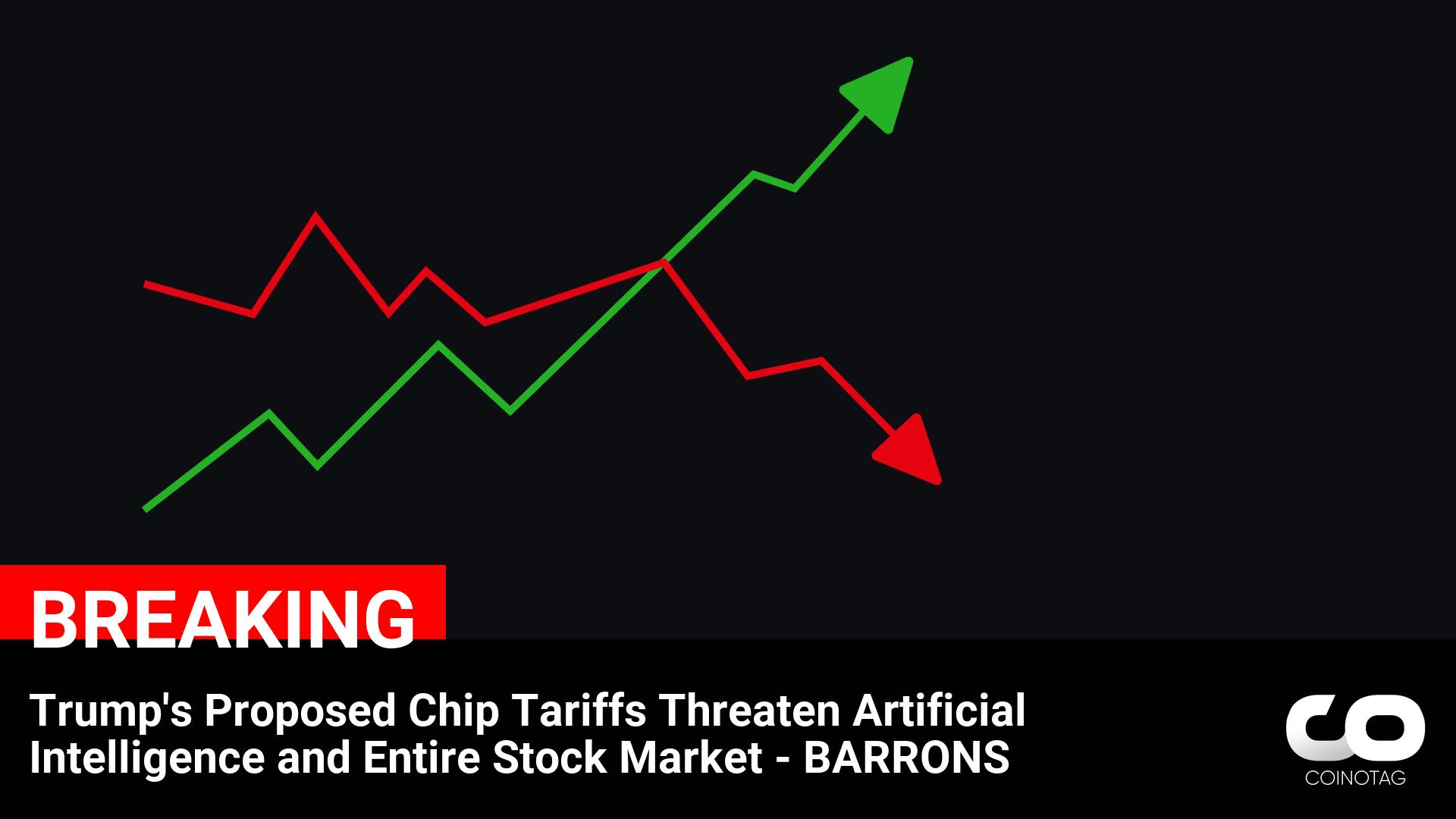In a significant development for the cryptocurrency landscape, Bank of England (BOE) Governor Andrew Bailey has once again stepped into the spotlight, this time to champion the cause of robust regulatory standards for stablecoins. This call to action, recently highlighted by Walter Bloomberg on X, underscores the growing importance of these digital assets and the necessity for a strong framework to govern them. But what does this mean for the future of crypto, and why is the BOE taking such a firm stance? Let’s dive deep into the implications of this crucial announcement.
Why is the BOE Governor Emphasizing High Regulatory Standards for Stablecoins?
Governor Bailey’s emphasis on high regulatory standards isn’t arbitrary. It stems from a deep understanding of the potential – and risks – that stablecoins present to the global financial system. Unlike their more volatile counterparts like Bitcoin or Ethereum, stablecoins are designed to maintain a stable value, typically pegged to a fiat currency like the US dollar or Euro. This stability makes them attractive for everyday transactions and as a bridge between traditional finance and the crypto world. However, this very stability also brings unique challenges that necessitate careful crypto regulation.
Here’s why stringent regulation is becoming increasingly vital:
- Systemic Risk Mitigation: As stablecoins gain wider adoption, they could become systemically important financial market infrastructures. If a major stablecoin issuer were to fail, it could trigger shocks across the broader financial system. Robust regulatory standards are essential to mitigate this systemic risk.
- Consumer Protection: Users of stablecoins need assurance that their holdings are safe and secure. High regulatory standards can ensure transparency, reserve adequacy, and operational resilience of stablecoin issuers, protecting consumers from potential losses.
- Maintaining Financial Stability: The BOE, as a central bank, has a core mandate to maintain financial stability. Unregulated or poorly regulated stablecoins could undermine this objective by creating instability in payment systems and broader financial markets. Effective crypto regulation is therefore paramount.
- Preventing Illicit Activities: Like any financial instrument, stablecoins can be misused for illicit activities such as money laundering and terrorist financing. Strong regulatory standards, including KYC (Know Your Customer) and AML (Anti-Money Laundering) measures, are crucial to prevent such misuse.
Decoding the BOE Governor’s Stance on Crypto Regulation
Andrew Bailey’s comments are not an isolated event. They reflect a broader trend among global regulators who are increasingly focused on bringing crypto regulation into the mainstream financial framework. The BOE, under Bailey’s leadership, has consistently advocated for a balanced approach to crypto regulation – one that fosters innovation while effectively managing risks. His recent remarks on stablecoins are a continuation of this stance, signaling that the UK is serious about creating a safe and sound environment for digital assets.
What are the Key Challenges in Regulating Stablecoins?
While the need for crypto regulation of stablecoins is clear, the path to effective regulation is not without its hurdles. Several challenges need to be addressed:
| Challenge | Description |
|---|---|
| Defining Stablecoins: | Classifying different types of stablecoins (e.g., fiat-backed, crypto-backed, algorithmic) and tailoring regulations accordingly. |
| Global Coordination: | Stablecoins operate globally, requiring international cooperation among regulators to avoid regulatory arbitrage and ensure consistent standards. |
| Technological Innovation: | Keeping pace with the rapid technological advancements in the stablecoin space and adapting regulations to address new innovations. |
| Balancing Innovation and Regulation: | Finding the right balance between fostering innovation in the digital asset space and implementing robust crypto regulation to protect consumers and maintain financial stability. |
| Enforcement: | Ensuring effective enforcement of regulatory standards in a decentralized and often borderless digital asset ecosystem. |
Examples of Stablecoin Regulation Around the World
Different jurisdictions are taking varied approaches to stablecoin regulation. Let’s look at a few examples:
- United States: US regulators are actively considering legislation and guidance for stablecoins. The President’s Working Group on Financial Markets has issued reports recommending that stablecoin issuers be subject to federal supervision.
- European Union: The EU’s Markets in Crypto-Assets (MiCA) regulation provides a comprehensive framework for regulating crypto assets, including stablecoins. MiCA aims to harmonize crypto regulation across EU member states.
- United Kingdom: The UK, under the BOE and the Financial Conduct Authority (FCA), is developing its own regulatory framework for stablecoins, aligning with international standards while tailoring regulations to the UK market. Governor Bailey’s recent statements are a testament to this ongoing effort.
- Singapore: Singapore has adopted a more progressive approach, focusing on licensing and supervision of stablecoin issuers, aiming to be a hub for crypto innovation while managing risks.
Actionable Insights: Navigating the Evolving Regulatory Landscape
For businesses and individuals involved in the stablecoin ecosystem, understanding and adapting to the evolving regulatory standards is crucial. Here are some actionable insights:
- Stay Informed: Keep abreast of the latest developments in crypto regulation, both in your jurisdiction and globally. Follow announcements from regulatory bodies like the BOE, FCA, SEC, and others.
- Prioritize Compliance: Proactively implement compliance measures that align with emerging regulatory standards. This includes KYC/AML procedures, transparency in reserve management, and robust operational frameworks.
- Engage with Regulators: Participate in consultations and dialogues with regulators to contribute to the development of effective and balanced crypto regulation.
- Risk Management: Implement robust risk management frameworks to address potential risks associated with stablecoins, including operational risks, market risks, and liquidity risks.
- Seek Expert Advice: Consult with legal and compliance experts specializing in crypto regulation to ensure your operations are compliant and future-proofed.
Conclusion: A Future Secured by Robust Crypto Regulation
Governor Bailey’s call for high regulatory standards for stablecoins is not just a statement; it’s a signal – a signal that the era of unregulated crypto is drawing to a close, and a future where digital assets operate within a well-defined and robust regulatory framework is emerging. This is not about stifling innovation; it’s about fostering sustainable growth, protecting consumers, and ensuring financial stability in an increasingly digital world. As the crypto regulation landscape continues to evolve, proactive engagement and adaptation will be key to navigating this transformative journey and unlocking the full potential of stablecoins in a safe and responsible manner. The emphasis on regulatory standards by the BOE Governor is a vital step towards realizing this vision, ensuring that the promise of stablecoins is realized without compromising the integrity of the financial system.
To learn more about the latest crypto market trends, explore our article on key developments shaping Bitcoin price action.
News – BitcoinWorld – Read More









